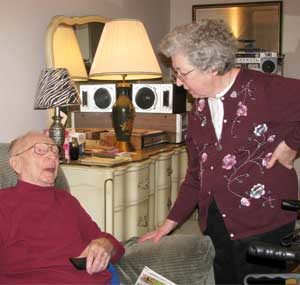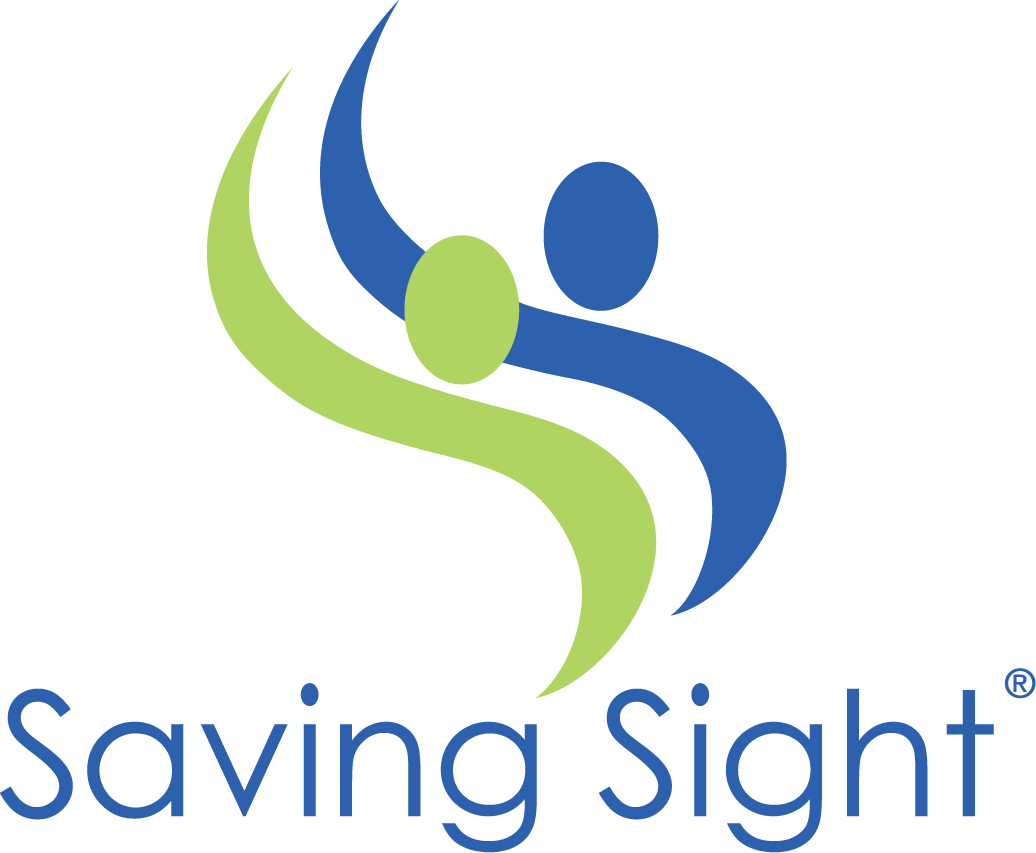
Sister Teresa is able to continue serving her community thanks to corneal transplantation.
Before she retired, Sister Teresa of Benton, Kentucky taught elementary school for twenty years. And after that, she worked in two different positions in university administration before she moved to parish ministry at a small church in western Kentucky. But despite having such an extensive career, she has always had problems with her vision. “Growing up, sunlight always bothered me,” she said. “We would be out in the front yard getting pictures on Sunday with company over, and they’d say, ‘Open your eyes!’ I didn’t think anything of it. But later on, when I became a teacher, I didn’t realize that I should be able to see the facial expressions of kids in the back of the room.”
When Sister Teresa began to get headaches, an optometrist prescribed glasses for nearsightedness, which fixed the problem. She didn’t experience difficulties after that, but when her optometrist retired, he said he’d been watching her for Fuchs’ dystrophy, a hereditary disease that causes the corneas to deteriorate. “He said eventually I will probably need a cornea transplant,” she said. “In my mind, I thought, no eye surgery for me, but I didn’t say that.” Sister Teresa was hesitant to get eye surgery because one of her uncles lost his sight in one eye due to complications during surgery. She got a second opinion from an ophthalmologist, though, who agreed with the diagnosis of Fuchs’ dystrophy and also diagnosed a cataract in the left eye. “I decided I could get along as I was, but I knew my vision, especially in the left eye, was getting worse,” said Sister Teresa. Eventually, she had the cataract removed and a laser treatment on her left eye, but neither restored her vision.
Five to six years later, after she retired, Sister Teresa could no longer drive because of her vision, so her friend John offered to drive her to see Dr. Berdy in St. Louis. Dr. Berdy is a corneal surgeon who also serves as one of the Medical Directors for Saving Sight. “He was very, very encouraging,” Sister Teresa reported. After a consultation, she agreed to transplant surgery, and in the course of two years, she received two transplants and had another cataract removed. “So now my vision is so good, I’m often overwhelmed at how well I can see compared to before,” she said, adding that she can now drive and read easily again. “It’s a modern miracle,” she said. “I’m very grateful to God and Saving Sight and the donors for providing the corneas, and Dr. Berdy who has done such a marvelous job. And to my friend John and to many people who supported me, prayed for me, and helped me through all of this.”
Sister Teresa has enjoyed corresponding with the family of one of her donors. After writing a letter of thanks to the donor family, “I got a beautiful letter from the sister of the woman whose cornea I have in my left eye,” she said. “She said how grateful she was that her sister’s cornea helped someone else. She knew her sister would be pleased to know that.”
Despite her initial concerns, Sister Teresa is enthusiastic about her transplant experience. “Nobody can guarantee that it’s going to be successful,” she said, “But I’ve had great success with the surgery, like many others. For now I have such wonderful vision.” These days, Sister Teresa takes communion to people in assisted living facilities and people who can’t leave their homes, serving as a Catholic presence in Benton, a town without its own Catholic church. In addition, she prepares and serves meals in a local soup kitchen. “It’s a full schedule for me,” she said. Sister Teresa makes the most of her new, wonderful vision by putting it to use as a volunteer in her community.
To join the millions of Americans who have declared their choice to be eye, organ, and tissue donors, visit the Donate Life America website or the local Department of Motor Vehicles office.

